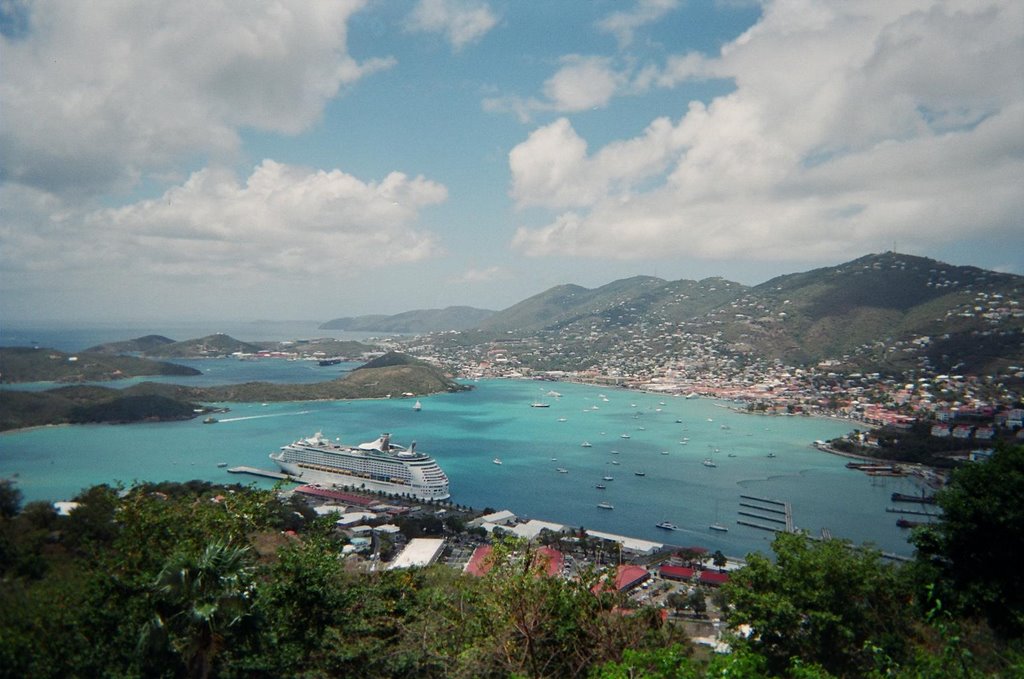Software Summit in Progress

The April Software Summit is in progress. One and a half days of code talk, bonding, meeting, scheduling, strategizing and testing. It's a wonder we don't have more of these.
It's definitely not this kind of summit.
We save that sort of thing for Friday afternoon.













